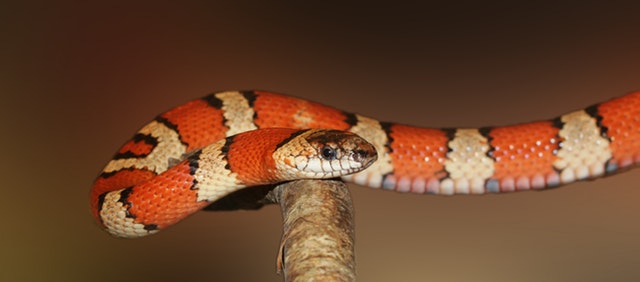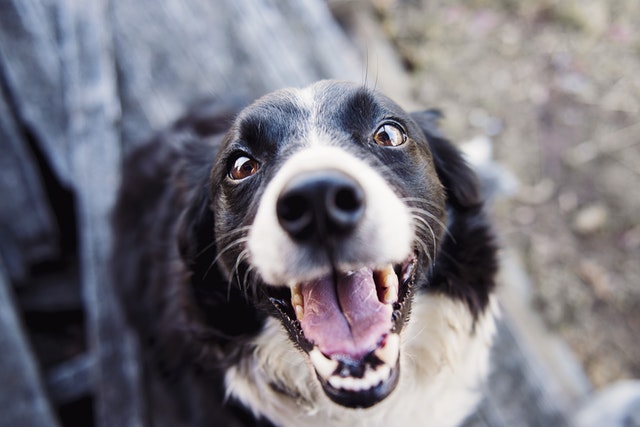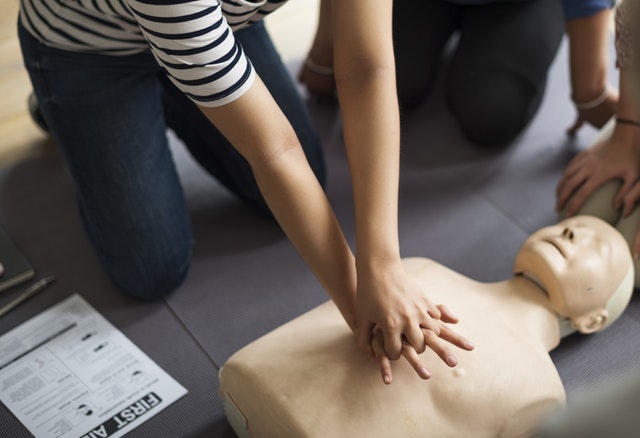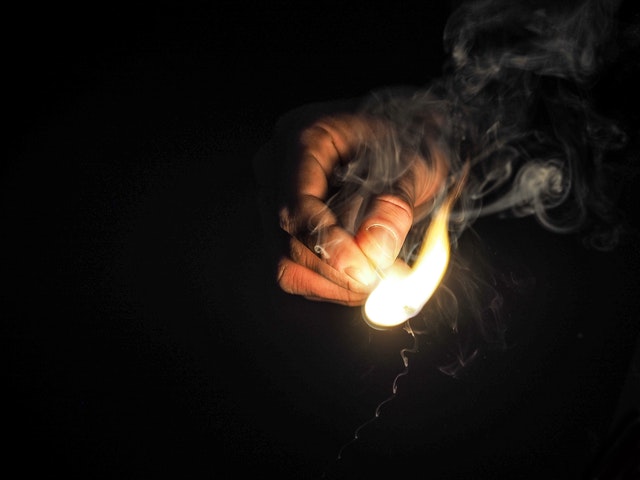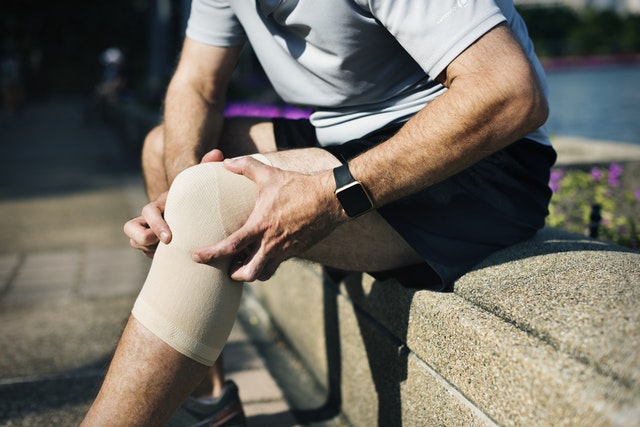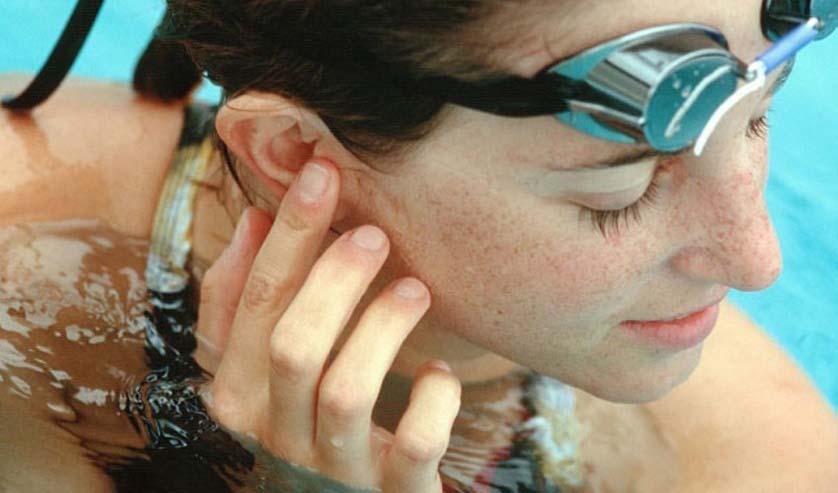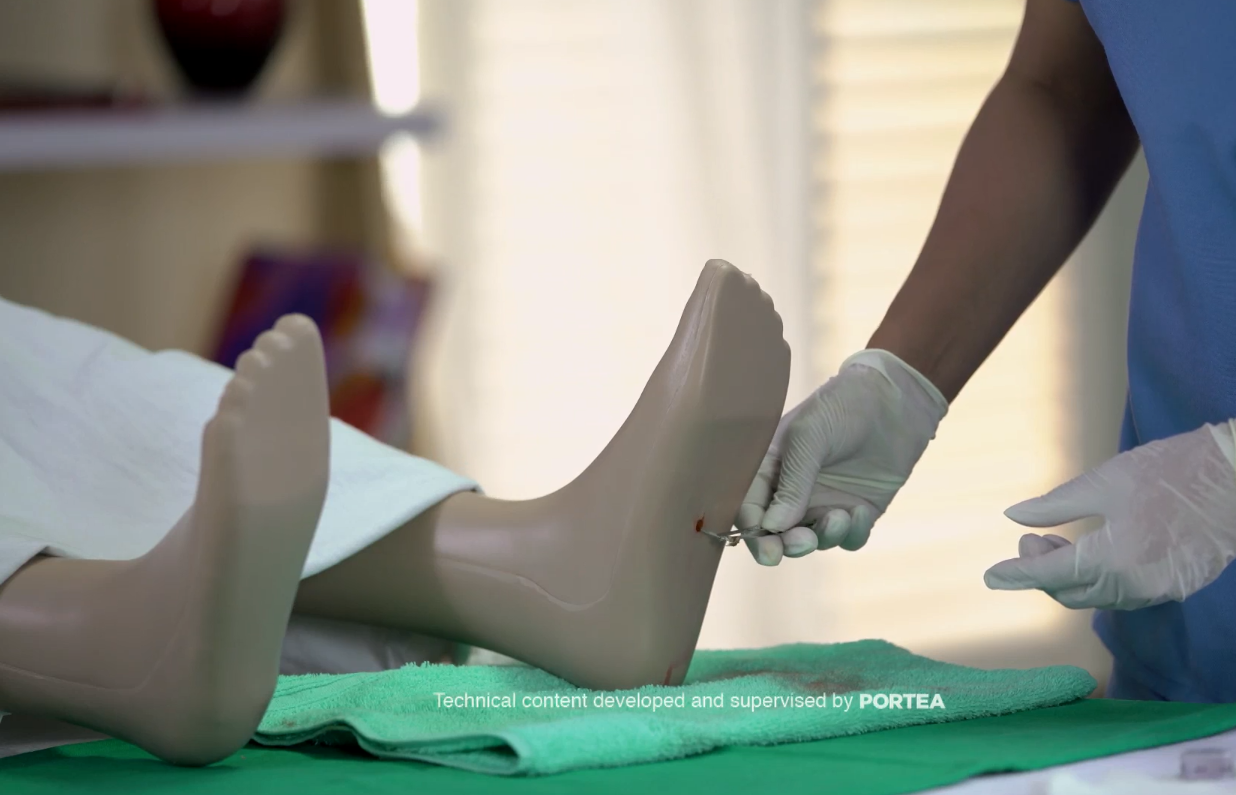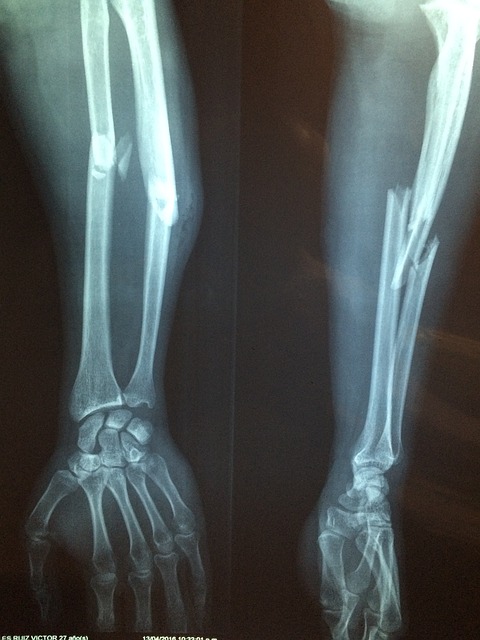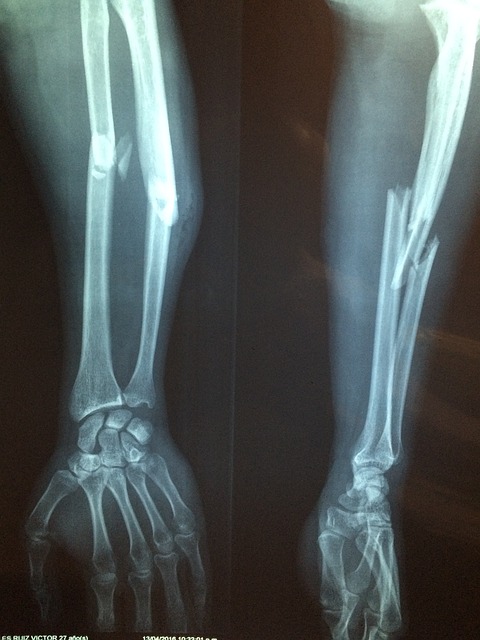Travelling with Baby
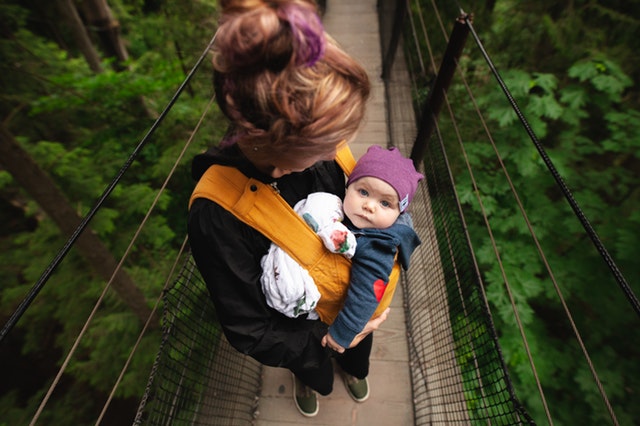
Little travelers need a surprising amount of stuff!
Here is a checklist of items that make traveling much easier.
Packing Checklist:
- Diapers (carry extras incase of delay)
- Pad/rubber sheet (to put under your baby during diaper changes)
- Blankets 1 or 2 (cover your baby and cover yourself)
- Plastic bags (Carry a variety of sizes for storing soiled diapers, clothes, and blankets.)
- Diaper rash cream.
- Wipes.
- Sanitizer, baby wash, and baby lotion.
- Tissues.
- A few of your baby’s favorite toys.
- Clothes, socks, and booties or shoes (One to two outfits per day is a good guideline.)
- Washable bibs
- Sun hat
- Lightweight plastic feeding set with utensils, and baby food
If your baby’s eating solid foods. - Sterilizer (if staying outside more than 1 day)
- Formula, water, and juice if appropriate
- Extra bottles, nipples, and sippy cups if appropriate
- Energy-boosting snacks for you to munch on
- Breast pump (if you use one)
- Nightlight (So you can keep the room lighting soothingly low during middle-of-the-night diaper changes)
- First-aid kit (Baby pain reliever and supplies for treating minor injuries, fever etc.)
- Sling or front carrier
- Portable crib or play yard – A safe place for your baby to sleep or play.
- Inflatable baby bathtub (Can make bath time easier at your destination).
- Car seat for safer travel by car or plane
- Collapsible stroller (If you are using it).
Preparation techniques:
- Start preparing to pack a few days before you travel. Keep a running list of things to take, or put items out on a table or dresser as you think of them.
- Pack each of your baby’s outfits in its own zipped plastic bag so you don’t have to hunt around for tiny socks, shirts, and so on.
- Take the phone number for your baby’s healthcare provider in case you have questions while you’re on the road.
To read more on Baby care, click on the link below,



